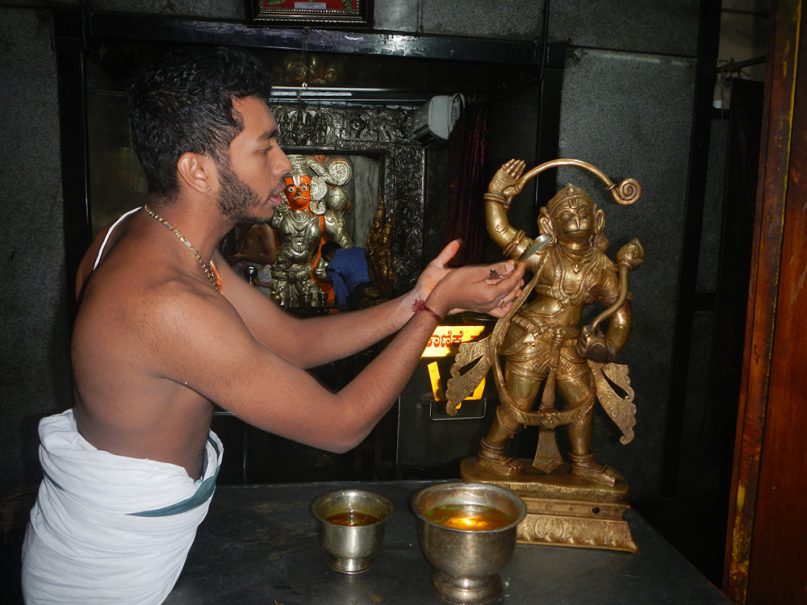
UNITED STATES, February 4, 2020 (The Revealer, by Tulasi Srinivas): What if you woke up one morning and the pristine, sacred river where you bathed your Gods had turned into an oily, noxious-smelling sewer? What if the sacred water started to melt the stone statues of the Gods? What if it was undrinkable? What would you do? For the past several years I have been exploring the relationship between the practice of Hinduism and the sacred landscape of India. In the United States, belief in biblical inerrancy is related to decreased support for environmental protection policies and correlates with a denial of anthropogenic climate change. But at the same time, religious mobilizations are engaging in a variety of social movements supporting climate justice. From Pope Francis’ laudato si to the 2015 “Islamic Declaration on Global Climate Change,” religious leaders and institutions are increasingly calling for action to curb pollution and reduce our carbon footprint.
Moreover, Hinduism is a religion rooted in natural topography. Gods are found in rocks, hillocks, woodlands and trees, rivers and rills. In religious texts and myths, water bodies in particular have an explicit ability to transform space, to extend or truncate time, and, most significantly, to manifest God’s paradoxical nature as simultaneously transcendent and immanent, independent and dependent, formless and formed. In practice, bodies of water are sacred places, held in special regard in processions and festivals not only because they sustain life, but because they are thought to be the seat of the Gods.
Much more of this insightful article at “source” above.
